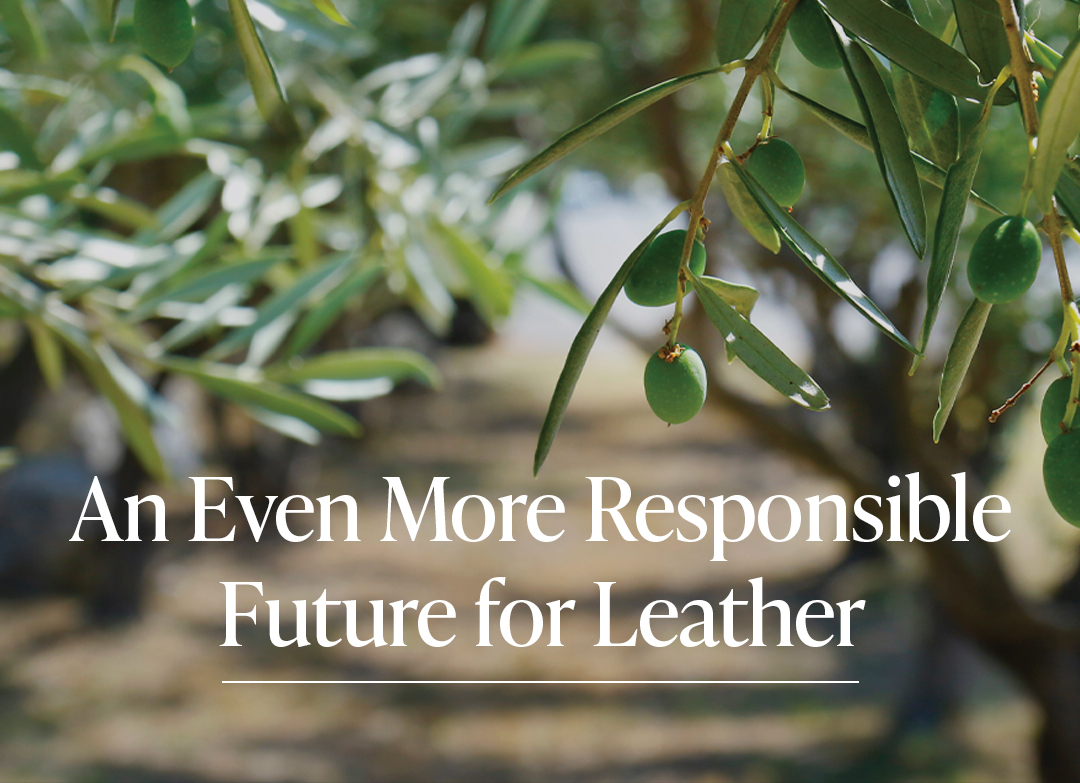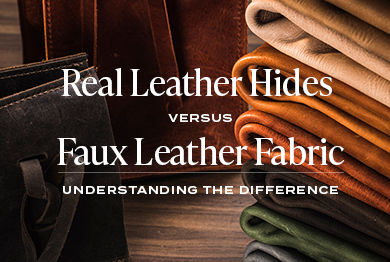Post List: Page 1
-
Posted: June 12, 2025Categories: BlogRead more »
Olive Tanned Leather
In an age where sustainability drives innovation, olive tanned leather caters to a heightened focus on material awareness and longevity, a compelling blend of environmental consciousness and skilled tradition.
What is Olive Tanning?
Olive tanning is an innovative leather-making method that uses alternative, plant-based tannins to preserve hides. The patented wet-green® OBE tanning agent used is made from fallen olive tree leaves, branches and other olive harvest residues sourced in the Mediterranean.
A Circular Approach to Leather
Rather than burning or discarding the natural waste from olive harvesting, it is collected and brewed like tea to be transformed into high-quality, bio-based tanning solution. This circular approach conserves resources, reduces reliance on mined chemicals and requires less water.

Reducing Waste & Recycling
Olive tanning is an exciting advancement in leather production, offering a powerful combination of waste reduction and recycling.
-
Posted: June 04, 2025Categories: BlogRead more »
Choosing the right leather is essential.
Different types of leather impact the overall look and feel of a design. Understanding the unique characteristics of each allows you to make informed decisions that align with your creative vision.
3 Types of Leather
A SIDE-BY-SIDE COMPARISON
NATURAL GRAIN LEATHER NUBUCK LEATHER ENHANCED GRAIN LEATHER 
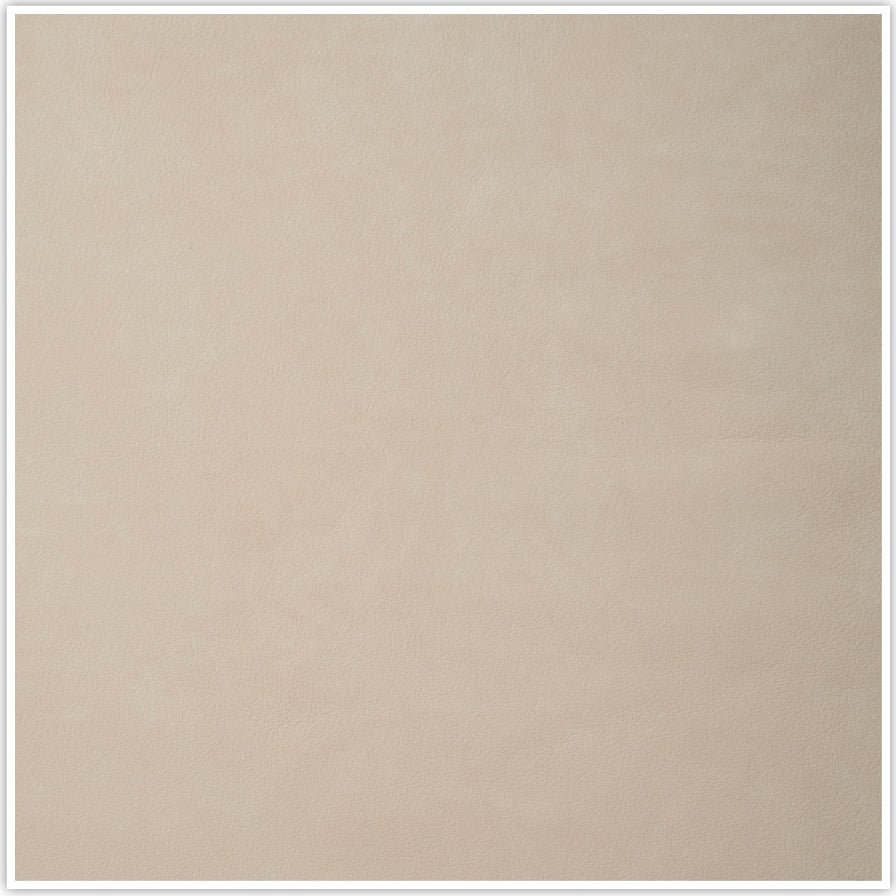

Natural grain leather shows markings and variations in the grain, and may become more noticeable towards the edges of the hide.
Nubuck leather has been sanded and buffed to create a velvety, suede-like texture.
Enhanced grain leather is buffed then embossed with a grain print, ensuring a consistent and uniform appearance to the edges of the hide.
At Garrett Leather, we offer a wide variety of premium quality leather to cater to your specific design needs. Click here to shop now. Or contact your local representative who is happy to help you navigate your options so you can make the perfect selection for your project.
Have
-
Posted: May 21, 2025Categories: BlogRead more »
What You Specify Matters
An Environmental Product Declaration (EPD) is a third-party verified document which reports the environmental impacts of a product from a full lifecycle perspective.

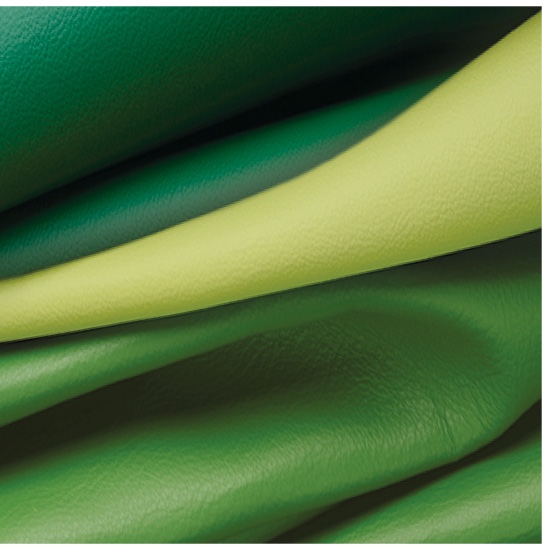
What Does a Life Cycle Analysis (LCA) Evaluate?
• The environmental footprint of raising livestock, including land use, water use, and greenhouse gas emissions.
• Energy use, water consumption, and chemicals used in tanning, dyeing and finishing the leather.
• The emissions and energy used to ship leather from the tannery to warehouses, clients, or finished product destinations.
• What happens to leather after use —recyclability, biodegradability, landfill impact.
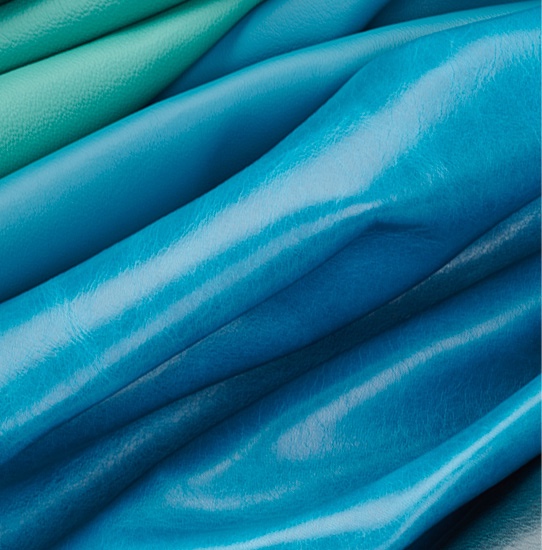
Based on LCA results, an EPD includes results of environemtal performance indicators such as:
• Global Warming Potential (Carbon footprint).
• Total water consumption, including tanning, dyeing, and finishing.
• The amount and type of energy used in production.
• Raw material sourcing transparency — where
-
Posted: April 30, 2025Categories: BlogRead more »
If you work with high-end materials, you’ve likely wondered: What are these marks on my pure aniline hides? The truth is, each hide tells a story. Those who truly understand leather appreciate the natural beauty that lies in its authenticity. Pure aniline leathers, which are minimally finished, proudly display natural markings that tell the story of the animal’s life. These subtle variations—like scars or wrinkles—are not flaws, but signatures of genuine leather. It’s this character that makes leather a truly luxurious material.
In this guide, we’ll help you understand the natural characteristics of genuine leather.
The Natural Signature of Leather
Just like silk, wood, or marble, leather is a natural material and every hide is unique. These inherent differences are part of what makes leather so luxurious.
Natural Markings
It's these natural characteristics that occur during the life of the animal and result in minor imperfections that do not compromise the strength or integrity
-
Posted: March 31, 2025Categories: BlogRead more »
Discover the Ultimate Resource for Interior Designers: Garrett Leather’s NYC Showroom
Attention Interior Designers!
If you’re looking to elevate your projects with luxurious leather options, look no further than our stunning NYC showroom. Nestled in the heart of the design district at the D&D Building, located at 979 3rd Ave, Suite 1107, our showroom is a treasure trove of possibilities for your next interior design project.
A World of Color and Texture
We proudly offers hundreds of colors and an array of textures to cater to your design vision. Whether you're seeking the warmth of classic leathers or the bold pop of modern hues, our extensive range ensures that you’ll find the perfect match for any space. These diverse options not only enhance aesthetic appeal but also bring a tactile richness that is simply unmatched.
Quick Turnaround for Your Projects
We understand that timelines are crucial in the world of design. That's why most of our leather products can ship within just two
-
Posted: March 13, 2025Categories: BlogRead more »
Many discerning clients are drawn to the exceptional softness and refined elegance of nubuck leather.
Let’s take a closer look at the unique characteristics of nubuck leather.
Our nubuck leather is made from high quality, full grain hides. Its surface is lightly buffed to expose the natural fibers of the hide and create a luxurious nap. Changes in the direction of the nap give illusions of light and dark areas on each hide.
Nubuck differs from suede, which is made from smaller, less durable splits, or lower portions of the hide. Nubuck leather offers larger cutting yields than suede alternatives and has an inviting, velvety texture.

Because nubuck leather has minimal surface protection, we recommend these hides for moderate to low traffic areas. Nubuck leather is a popular option for the outside backs of furniture, ottomans, footboard benches, lower side walls in aircraft, and other vertical applications.
Regardless of the application, we recommend maintaining the leather with a Nubuck
-
Posted: January 20, 2025Categories: BlogRead more »
Choosing the right materials for your project can be challenging.
It’s important to note that the term “leather” is sometimes used to describe materials that are not leather at all. Faux leathers, such as PU and PVC, are synthetic materials designed to mimic the look and feel of real leather but lack its natural properties and durability.
Faux leather (also referred to as “leatherette” or “vegan” leather) is often considered as a lower cost alternative to genuine leather. Genuine leather is in high demand and for good reasons. Real leather has an inviting feel, it provides exceptional durability, and quality leather improves with age. In a previous blog, we discussed two types of faux leather: bi-cast and bonded leather. Here, we continue the comparison with two additional types of faux leather: PU faux leather fabric and PVC faux leather fabric.
PU Faux Leather Fabric
PU leather fabric is made by applying or laminating a 100% polyurethane finish to a base material. Typical base materials
-
Posted: March 30, 2023Read more »
Under the influences of the COVID-19 outbreak, now more than ever, we are in tune with our surroundings. Designers today are more aware of the choices they make and the impact those choices have on our immediate surroundings, as well as on the environment as a whole. Likewise, it is our corporate responsibility to focus on how our business practices influence the environment. We uphold high standards on not only the quality of our products, but the business practices of our vendors and the impact they have on our environment. As a result, we are very selective about how and where our leather is made.
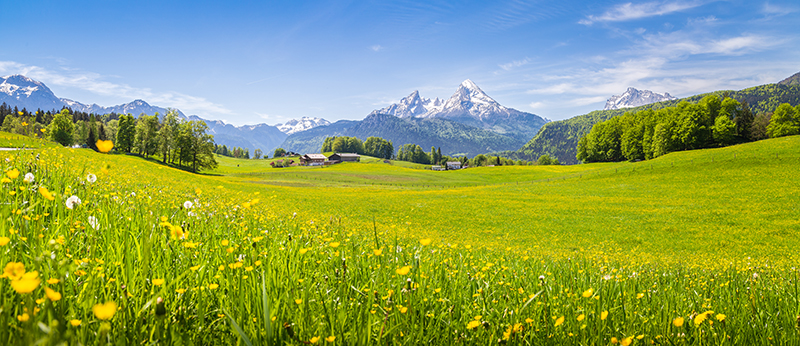
Not all leather is the same. We encourage you to shop and compare before you specify leather for your next project. Here are a few reasons why specifying Garrett leather is good for the environment.
Responsible Animal Farming
We sell genuine leather. Our products are by-products of the meat industry. Beef is the primary product and meat consumption worldwide is reaching record levels. The
-
Posted: June 09, 2020Read more »
Laser etching is an elegant way to add pattern and texture to your leather. Designers have used etched leather for ottomans, seating, headrests in private aircraft, wall coverings in hotels, and more. Etched designs may include detailed images, geometric patterns, logos and branding, words, or just about anything that your imagination can create.
What is Laser Etching?
Laser etching is a process that uses lasers to singe designs onto the surface of leather. The singed areas can vary in size, color and thickness, depending on the artwork and the type of leather used. Laser etching exposes the lower layers of the hide, which creates a suede-like texture. The fibers of the leather respond differently to the lasers. As a result, laser etching provides unique patterns, added texture, and varying color throughout the hide.

Avion Beechnut etched with map of Chicago designed by KOO LLC
How is Etching Done?
Laser etching begins with artwork. We require line-drawing artwork, which you may provide
-
Posted: May 12, 2020Read more »
Health and wellness have come to the forefront of everyone's mind. After spending weeks in quarantine, we cautiously emerge with a greater appreciation of our personal health. We have heightened concern about the wellness of our overall community. As a result, we return to work with new safety protocols in place and maintain a safe, social distance.
As we design new spaces, we are paying closer attention to the materials we choose. Leather has been used for centuries and is known for its durability and longevity. With the new challenges we face today, leather continues to be a viable option that contributes to health and wellness.
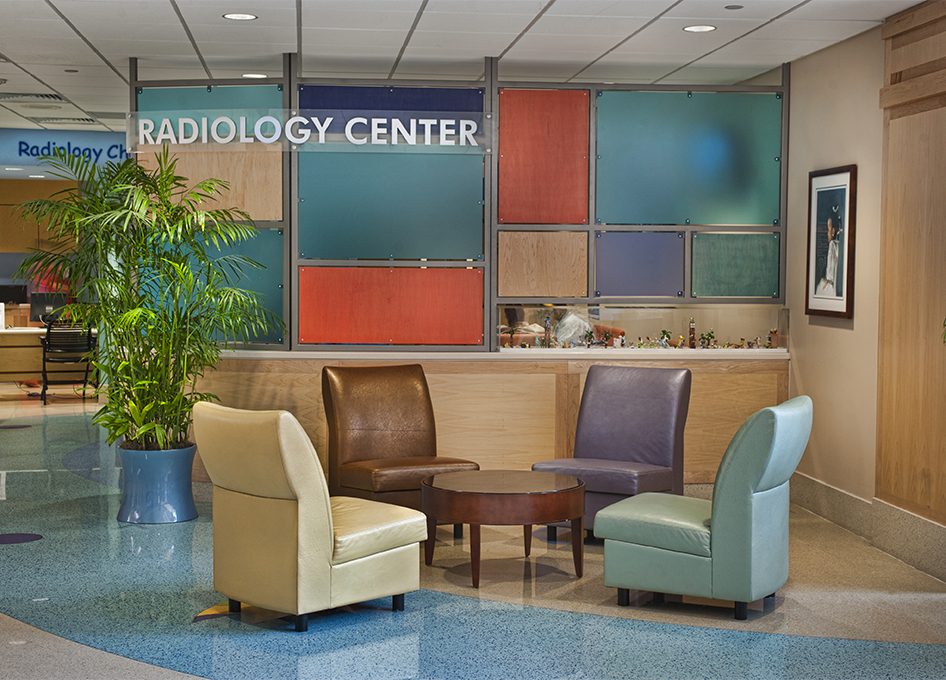
Pearlessence leather at Children's Hospital in St. Petersburg, Florida
Defend Your Health with Anti-Bacterial Protection
Many of our leather collections, including all of those with the LeatherShield designation, inherently inhibit the growth of bacteria. An independent, third party laboratory tested 19 of our leather collections using two separate methods
